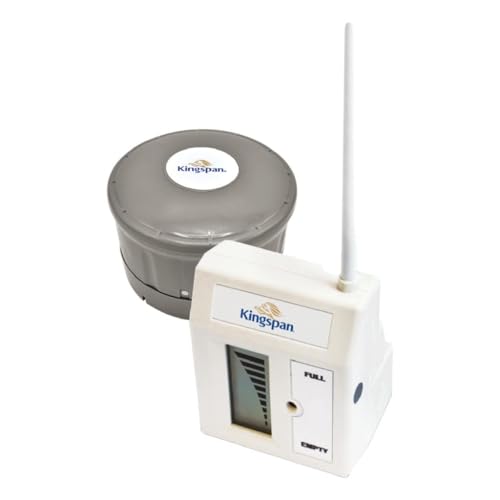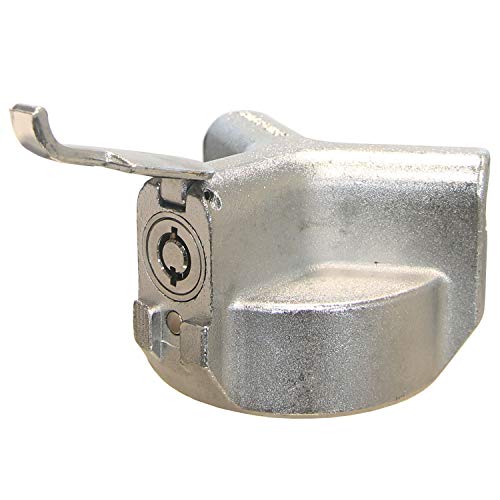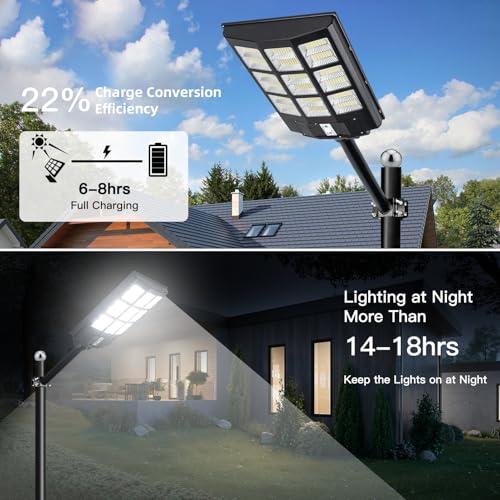What to check if you’re buying a house with oil central heating
Considering a home heated by oil? Here’s what to look out for before you commit to a purchase

Around 5 per cent of homes in the UK are heated by oil, according to data from the most recent census. It’s mostly used where mains gas is less available so if you’re viewing homes in an area like this, it pays to know what to check if you’re buying a house with oil central heating.
Oil has to be delivered and stored in a tank, so a home heated this way has one of these along with an oil boiler and you’ll want to find out about both when buying a house along with considering costs and maintenance.
To help you ask the right questions if you haven’t heated your home this way before, we’ve put together an expert guide to oil central heating and all the details are below.
Which areas have more oil central heating?
Alternatives to gas central heating (which also includes electric central heating) are mostly used where gas isn’t as available with the latest census finding that 5 per cent of households across the UK used oil central heating. For England and Wales only, the figure is 3 per cent.
The proportion of households using it varies according to location. The percentage is higher in parts of the East of England, and parts of Wales are also reliant on oil for heating. Meanwhile, in Northern Ireland half of households said they used oil.
Why should oil central heating be factored into buying a home?

Subscribe to Plotfinder.net to access over 15,000 building plots and properties that could become your next project
It’s important to factor in a home’s heating type when you’re buying as it affects both costs and convenience.
However, what you’ll spend compared to gas is not clear cut. Both oil and gas fluctuate in cost, and both have been a major factor in the recent cost of living increases. Bear in mind, too, that the costs you might expect if you buy a home with oil-fired central heating are also influenced by the boiler’s efficiency, the home’s insulation and, of course, how much heat and hot water you use.
Bring your dream home to life with expert advice, how to guides and design inspiration. Sign up for our newsletter and get two free tickets to a Homebuilding & Renovating Show near you.
Oil has downsides compared to mains gas such as the need for fuel to be delivered and stored, but when a home has oil central heating it’s likely that swapping to gas is not an option. Fitting a heat pump may be a viable alternative but beware of additional costs. “You may need to look at replacing windows and adding insulation to enable the pump to work effectively,” says heating expert at MyJobQuote Matthew Jenkins.
If you think you might be forced to take out your boiler if you buy a home heated by oil, be aware that the oil boiler ban has been scrapped by the government.

Matthew has worked in the domestic heating industry for over 15 years. He also passes on his expert knowledge working closely with MyJobQuote.
What to check when viewing a house with oil central heating
If you’re considering buying a home that has oil central heating there are a number of things you can check to assure yourself about the system and what it might cost to run. These are the details.
1. Focus on the oil tank
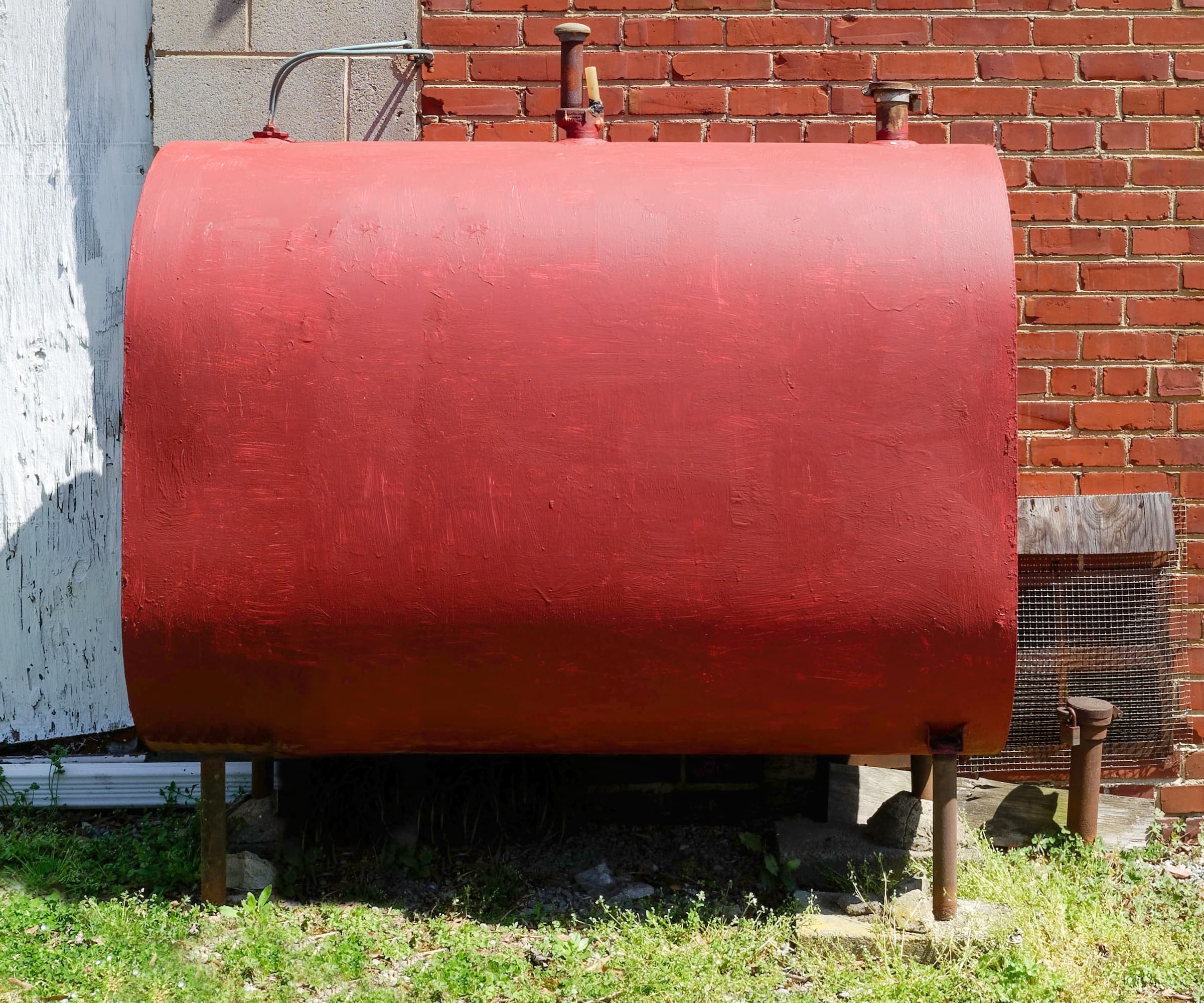
It’s important to take a look at the oil tank when you’re viewing a home with this type of central heating.
What is the tank made from?
“Most tanks are made from steel or plastic,” explains Matthew Jenkins. “If it’s made from steel, make sure it’s free from corrosion and if it’s plastic, check there are no bulges or other signs of weathering. Inspect the ground underneath: it should be free from stains and pooling liquid.”
Where is it located?
Look at the area around the tank as well. “This should be clear of vegetation and combustible materials,” says Matthew. “The location of the tank is important for fire safety reasons. It should be at least 1.8m away from the house and garden sheds and 760mm from boundary fences unless there’s a firewall or similar protections installed.”
Is the tank bunded?
Find out if the tank is bunded. “As the homeowner, it will be your responsibility to make sure oil doesn’t enter watercourses or leach into the ground. This means that if a spill happens, you’ll need to pay to get it cleaned up,” Matthew explains.
“For this reason, it’s wise to check whether the oil tank is single-skinned or bunded. Bunded tanks are essentially a tank within a tank, offering better protection from leaks and theft.”
Are there security measures?
Ask, too, if the tank is alarmed and there are security lights, he recommends. If it isn’t, then this protection is something you might need to spend out on.
What is the tank size?
The size of the tank is also crucial. “Generally speaking, you need a capacity of 500 litres per bedroom, plus another 500 for the other living spaces,” says Matthew. “So, a three-bedroom house should have a tank capacity of at least 2,000 litres. Otherwise, you’re going to need to arrange more deliveries and keep a closer eye on your tank’s oil level.”
Is it compliant with building regulations?
Building regulations apply to oil tanks, so ask the sellers if they have a compliance certificate for its installation. OFTEC-registered installers can self-certify their work.
Shop oil tank products
2. Find out about boiler location, installation and maintenance
Investigate the boiler as well as the tank for an oil-fired heating system.
Where is the boiler?
An oil-fired boiler can be located inside or outside the house. “If the house you’re buying has one outside, it’s a good idea to check the weatherproof housing is in good condition and that the pipeline to the house is cladded to minimise heat loss,” says Matthew Jenkins.
Is it a condensing boiler?
Ask, too, whether it’s a condensing boiler. Since 2007 new oil boilers have been required to be condensing boilers. “If the property doesn’t have a condensing boiler and instead has a non-condensing oil boiler, then it’ll be less energy efficient and will have a negative impact on your carbon footprint,” says heating and energy expert Nicholas Auckland of Trade Radiators. “A non-condensing boiler may also not meet current oil boiler regulations, so this is something to be wary of.”
Is it a regular or a combi boiler?
“Many oil central heating systems use a regular boiler rather than a combi boiler,” explains Matthew Jenkins. “This means there’s a cold water tank and hot water cylinder to maintain as well as the oil tank and boiler. However, this type of system is usually compatible with solar panels and has the advantage of being able to provide hot water to multiple bathrooms so it does have benefits.”
What about fitting and maintenance?
Building regulations apply to oil boilers, so ask about its compliance with these. An OFTEC-registered heating engineer can self-certify an installation.
Maintenance is also important. “It’s recommended that oil systems undergo annual maintenance,” says Matthew. “The boiler should be serviced by an OFTEC-registered engineer and the oil tank should be cleaned to remove sludge. Ask the seller for a service history. If the system has been installed within the last decade, it may still be under guarantee. So, ask for this paperwork too.”

Nicholas Auckland is a heating and energy expert with over 10 years of experience in the industry, as well as the managing director of Trade Radiators. Nicholas is dedicated to finding the best heating solutions for every need, as well as optimising energy usage, reducing costs and helping others live with lower costing energy bills.
3. Ask the seller about oil suppliers and heating costs
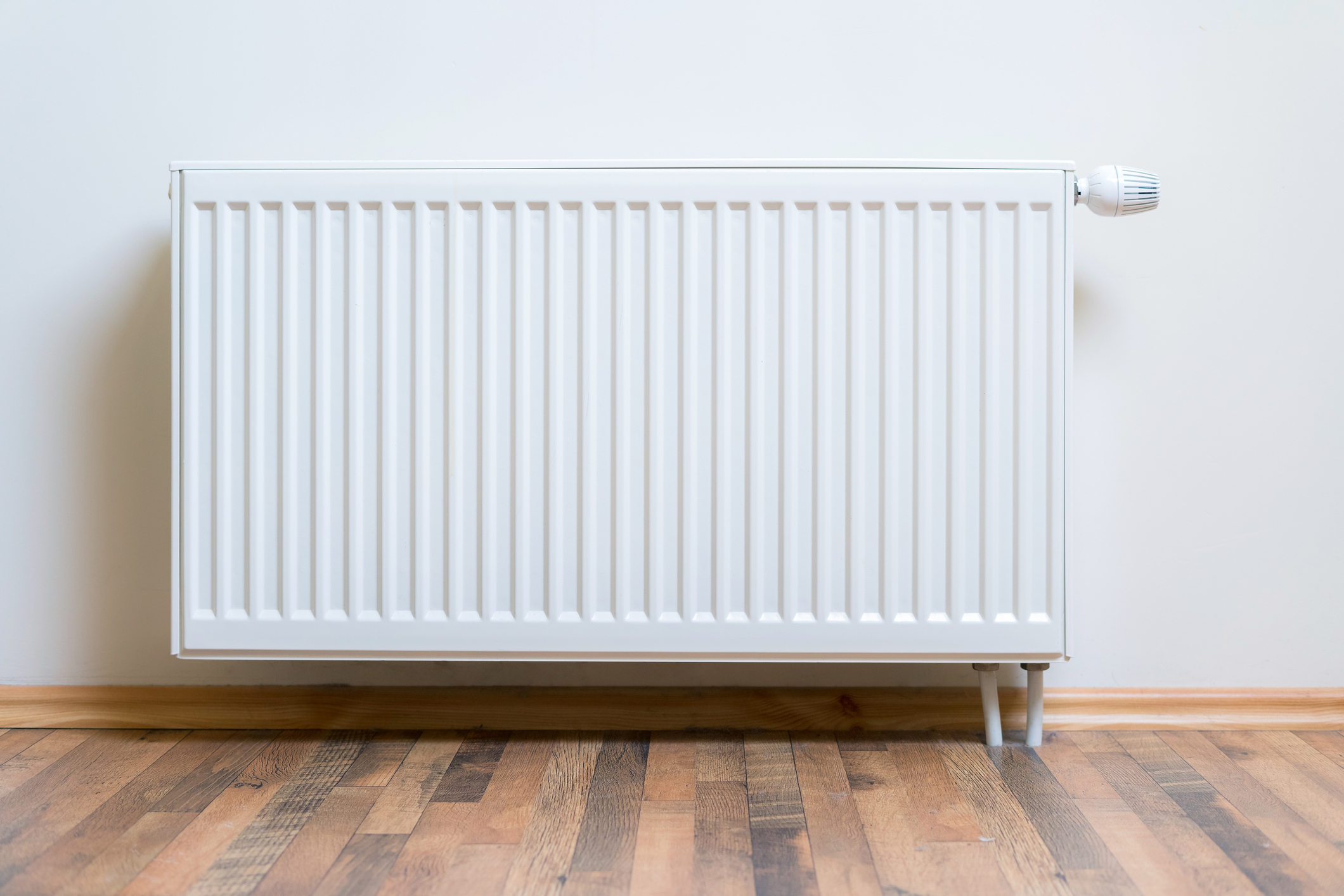
To have an idea about the costs you might face if you purchase the home you’re viewing, it’s a good idea to ask the sellers about their expenditure and experience with oil central heating. Nicholas Auckland suggests the following questions:
- How much do you typically spend on oil annually?
- How often do you need to order oil?
- How much oil do you require with each order?
- Are there any seasonal price fluctuations or suppliers to recommend?
- Have you ever had a gas boiler and if so how does running an oil boiler compare in terms of pricing?
- What is the current efficiency rating of the boiler?
- Have any measures been taken to improve heating efficiency, such as thermostat upgrades, better insulation, or heating controls?
- What size is the oil tank, and how long does a full tank last on average?
- Are there any shared arrangements for oil delivery (such as neighbourhood bulk buys) to save costs?
If you go ahead with the purchase of a home with oil-fired central heating, be sure to look for appropriate home insurance. “Some companies won’t cover specific things like the cost of cleaning up spills or the theft of oil,” says Matthew Jenkins.

Sarah is a freelance journalist and editor writing for websites, national newspapers, and magazines. She’s spent most of her journalistic career specialising in homes.
She loves testing the latest home appliances and products, and investigating the benefits, costs and practicalities of home improvement. She is an experienced renovator and is currently remodelling the ground floor of her new home.
She was Executive Editor of Ideal Home and has worked for Your Home and Homes & Ideas. Her work has published by numerous titles, including The Guardian, channel4.com, Houzz, Grand Designs, Homes & Gardens, House Beautiful, Homes & Antiques, Real Homes, The English Home, Period Living, Beautiful Kitchens, Good Homes and Country Homes & Interiors.
